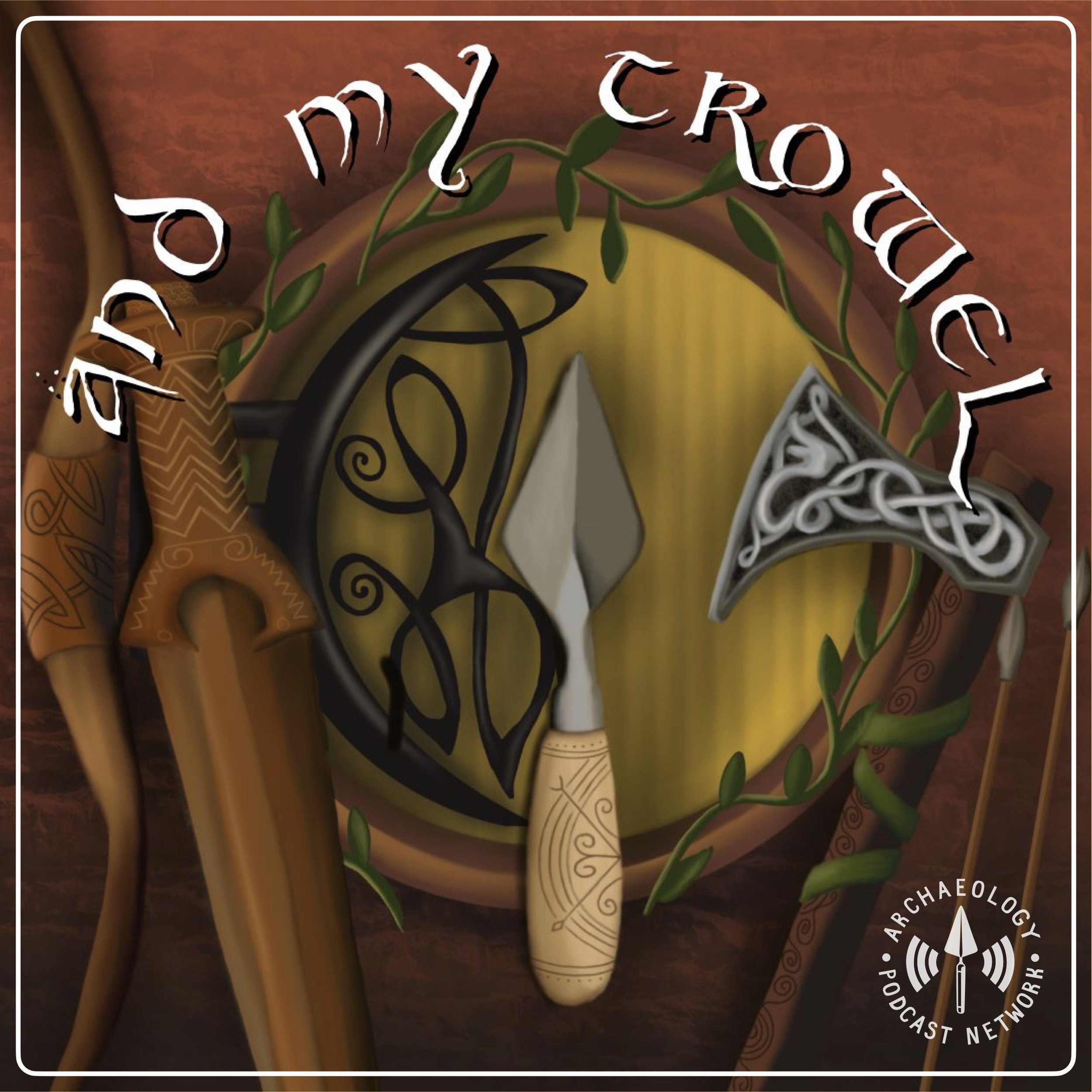So there I was, minding my own business when the Ronald Reagan Library gave me a call and asked me to check out their exhibit on the Dead Sea Scrolls! Did they want me because I am a world-renowned archaeologist, or because I’m an archaeologist who lives only 10 minutes away? Either way, it was great.
Contact
ArchPodNet
APN Website: https://www.archpodnet.com
APN on Facebook: https://www.facebook.com/archpodnet
APN on Twitter: https://www.twitter.com/archpodnet
APN on Instagram: https://www.instagram.com/archpodnet










